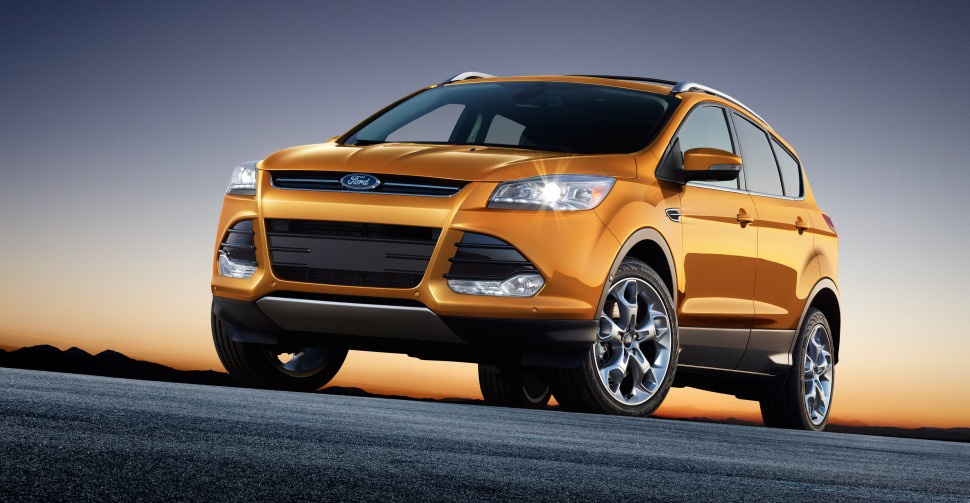

It was coarse before, but Ford has revised it to get considerably better mileage. Without driving the 2.5-liter base engine - a carryover from the previous generation - it’s hard to say what that will deliver. Shoppers should understand that the term doesn’t mean anything more than the model they are looking at features a traditional turbocharged engine - not a hybrid or some other fuel-saving technology. However, estimated mileage for the 2.0 is excellent at 22/30 mpg with all-wheel drive.įord calls all of its turbo engines EcoBoost, a marketing term to be sure. There isn’t enough of a performance gain to warrant the extra cost. The 2.0-liter is a noticeable step up from the 1.6-liter because you don’t experience the limited straining the smaller engine faces going up hills and during hard acceleration at top speeds, but I doubt most buyers will consider moving up to the larger engine. If you like to launch from a stoplight or gun the engine for a burst of speed on demand, it doesn’t deliver. It’s what you want when you’re taking a highway on-ramp or passing at speed. No consumer is going to complain about this. Perhaps all the added power - 240 hp and 270 pounds-feet of torque - would mean the Escape would be a hot little performer - similar to Kia’s turbocharged Sportage. I tested it previously in the much larger and heavier Ford Edge SUV and thought it offered a V-6-like smoothness there it was similar to what the 1.6-liter exhibited in the smaller Ford Escape. The larger turbocharged 2.0-liter four-cylinder is supposed to be the 2012 Escape’s V-6 replacement. Passing power isn’t robust despite figures of 178 horsepower and 183 pounds-feet of torque, but there isn’t the same straining that you’d feel in the similarly powered CR-V and Equinox with four-cylinders. Acceleration is smooth as you move through the gears with the six-speed automatic transmission. The mileage figures will draw people in, and the little engine offers little turbo eccentricities. Mazda’s new CX-5 bests the class at 26/35 mpg but with significantly less power. That’s just slightly better than the 23/31 mpg in the Honda CR-V and 22/32 mpg in the Chevy Equinox.

The just-right engine choice is the turbocharged 1.6-liter four-cylinder with estimated fuel economy of 23/33 mpg city/highway. See the 2012 and redesigned 2013 Escapes compared here.Īt the heart of the Ford Escape’s success are three engine choices, all offering 30 mpg or better on the highway, according to Ford estimates. It comes in four trims: base S, SE, SEL and Titanium. If you’re OK with the price of admission, the new Ford Escape is ready for you, and you won’t be disappointed. All of this comes with a premium price in a competitive segment.

The redesigned 2013 Escape is different: No matter how hard I looked, I couldn’t find anything significantly wrong with it.Ī duo of new turbo engines offer better performance than the competition, the interior is roomy and comfortable, high-tech gadgetry works well, and it even looks cool. But whether it’s the too-cramped Fiesta interior or the sluggish transmission on the Focus, these otherwise spectacular mainstream vehicles have had a few serious flaws.
#2013 ford escape ecoboost series#
Ford has released a series of good-looking cars with excellent mileage lately.


 0 kommentar(er)
0 kommentar(er)
